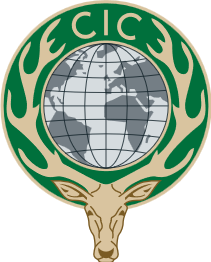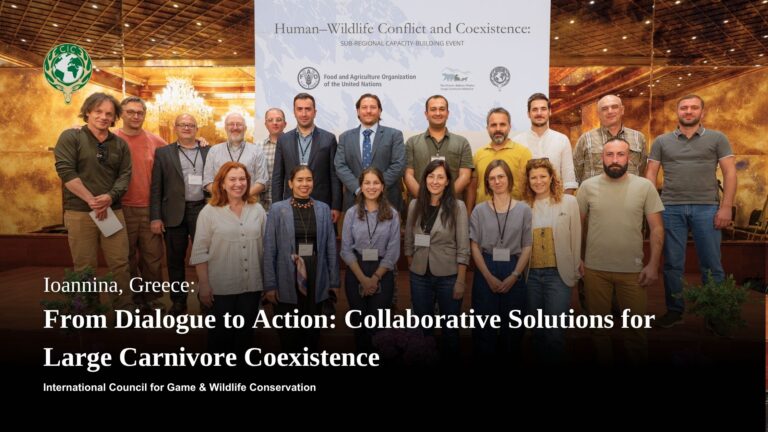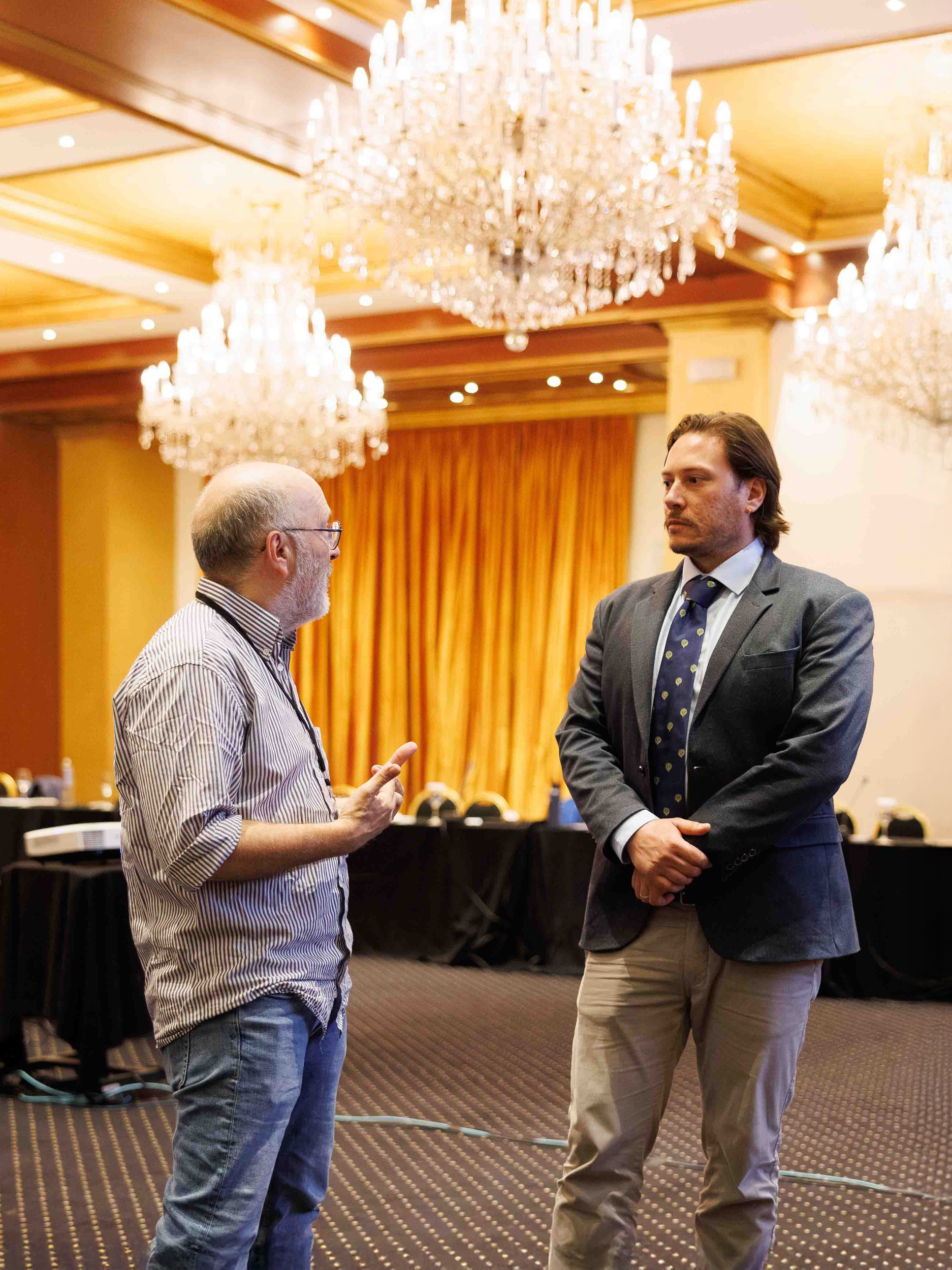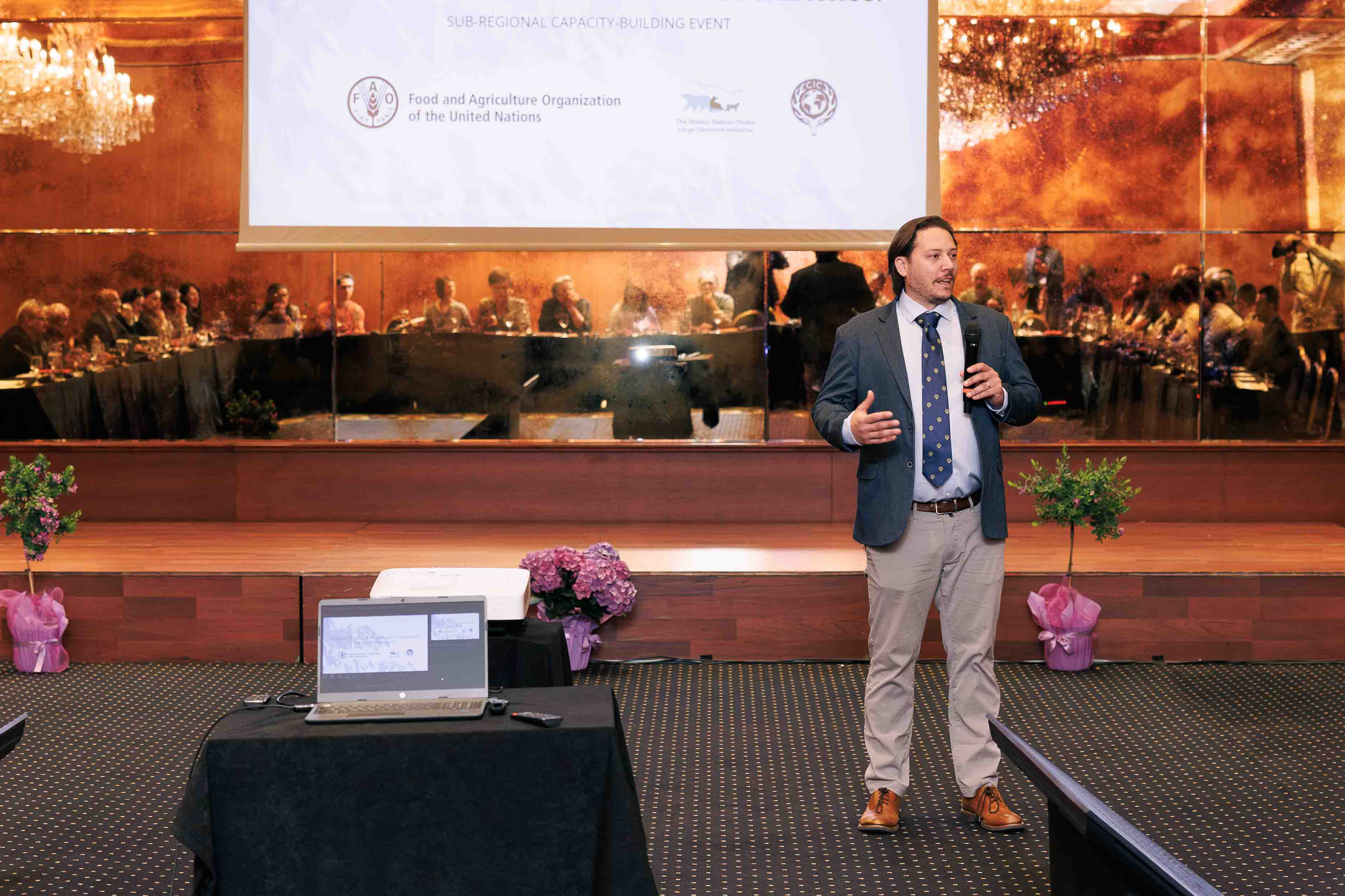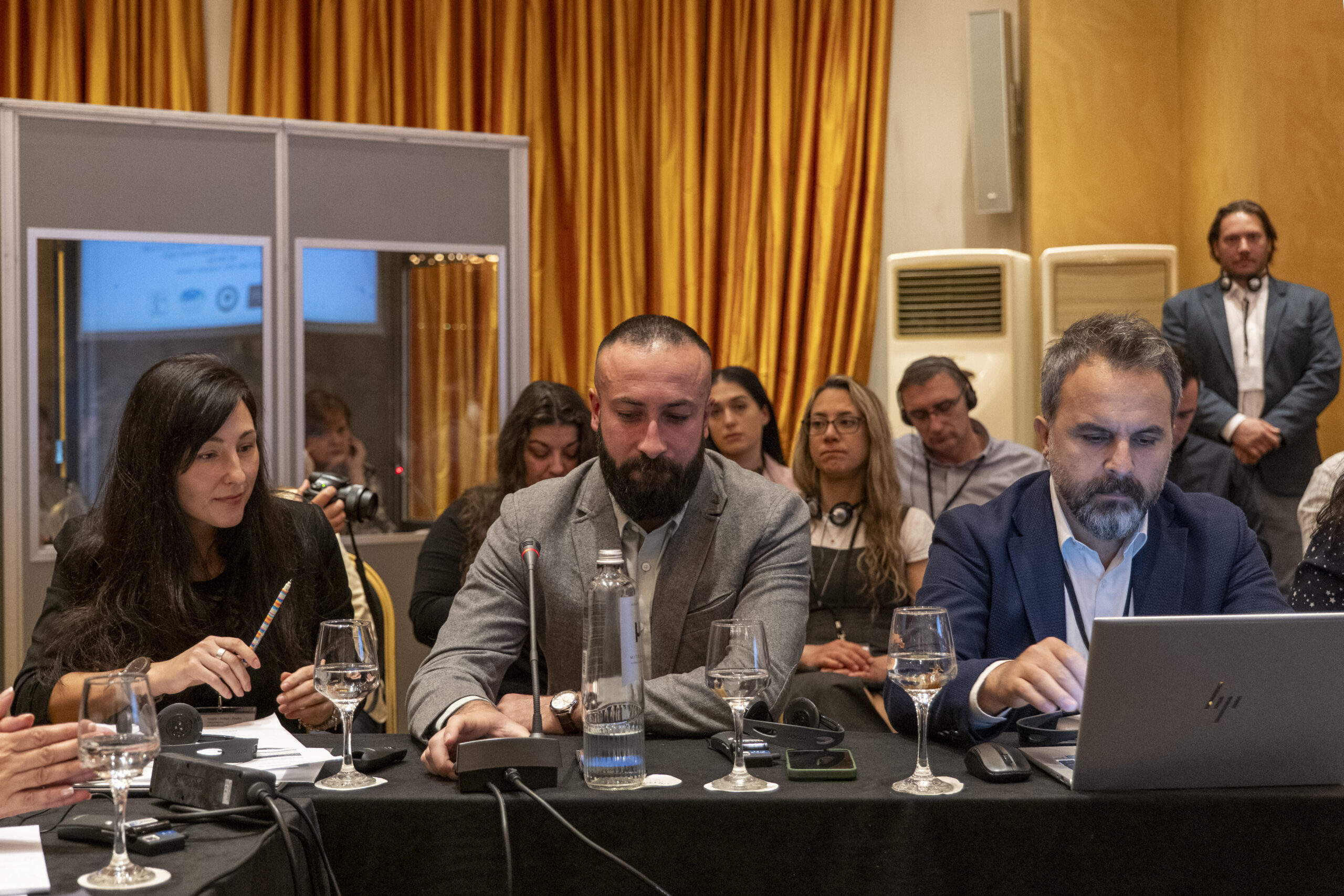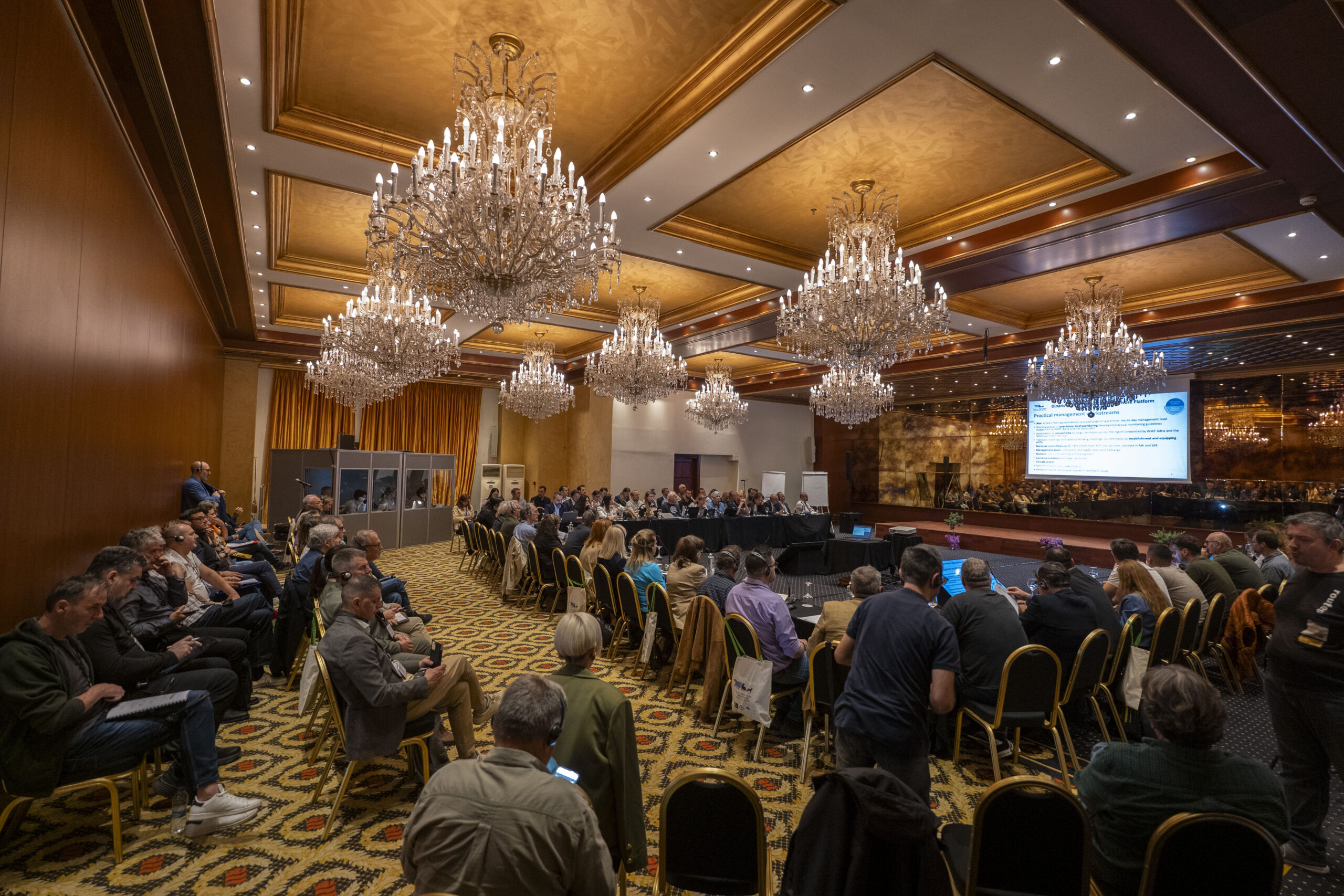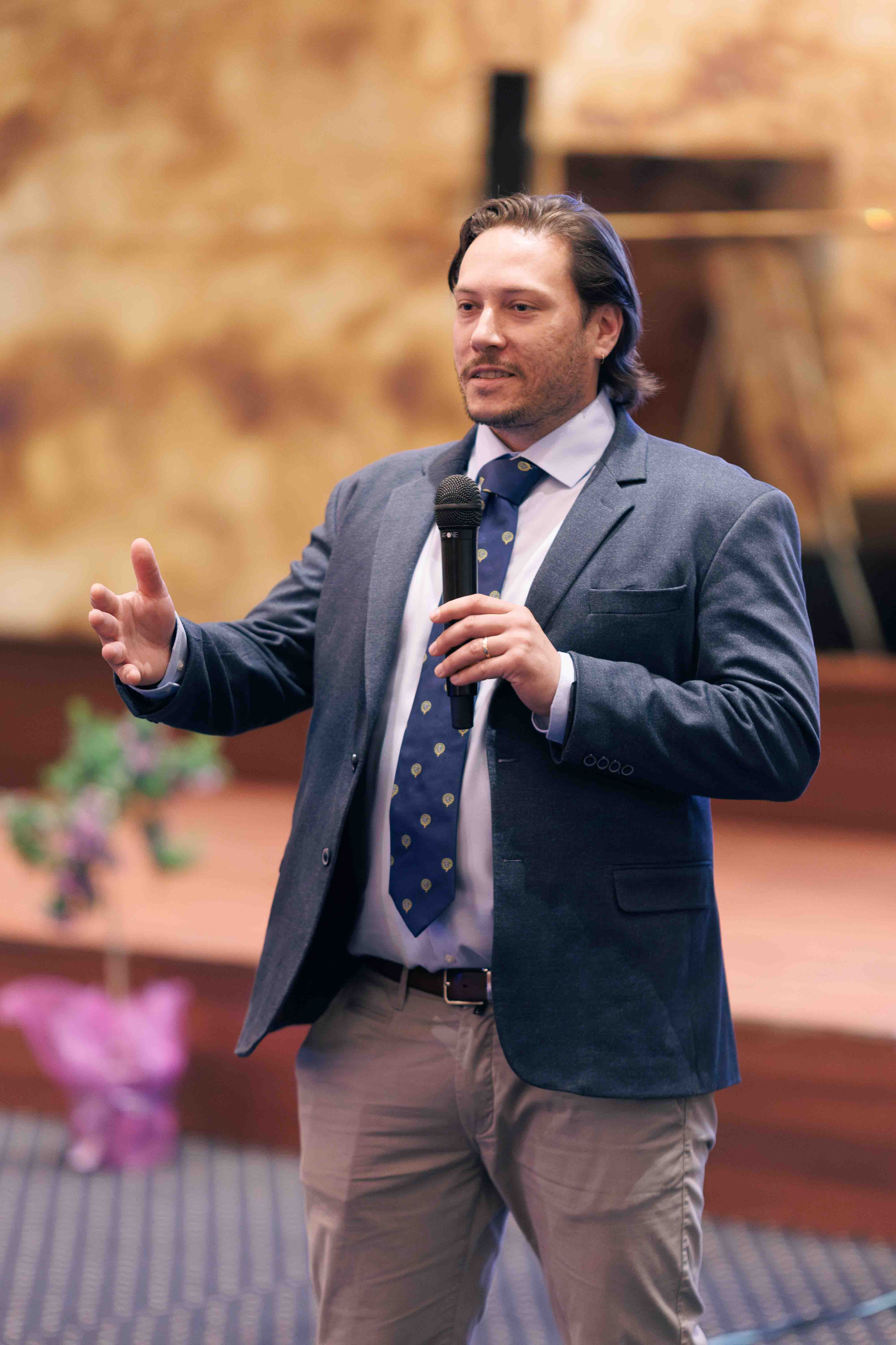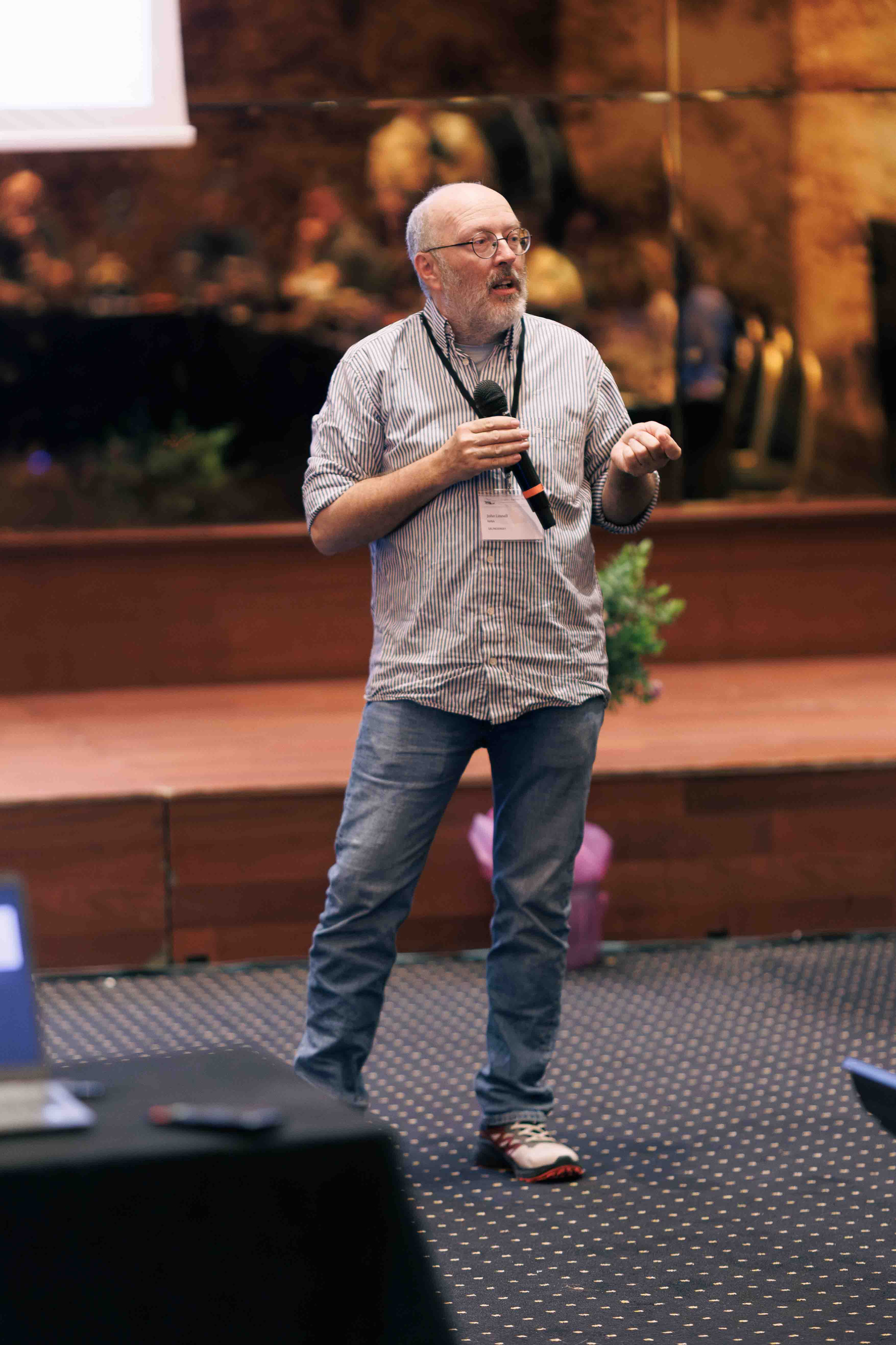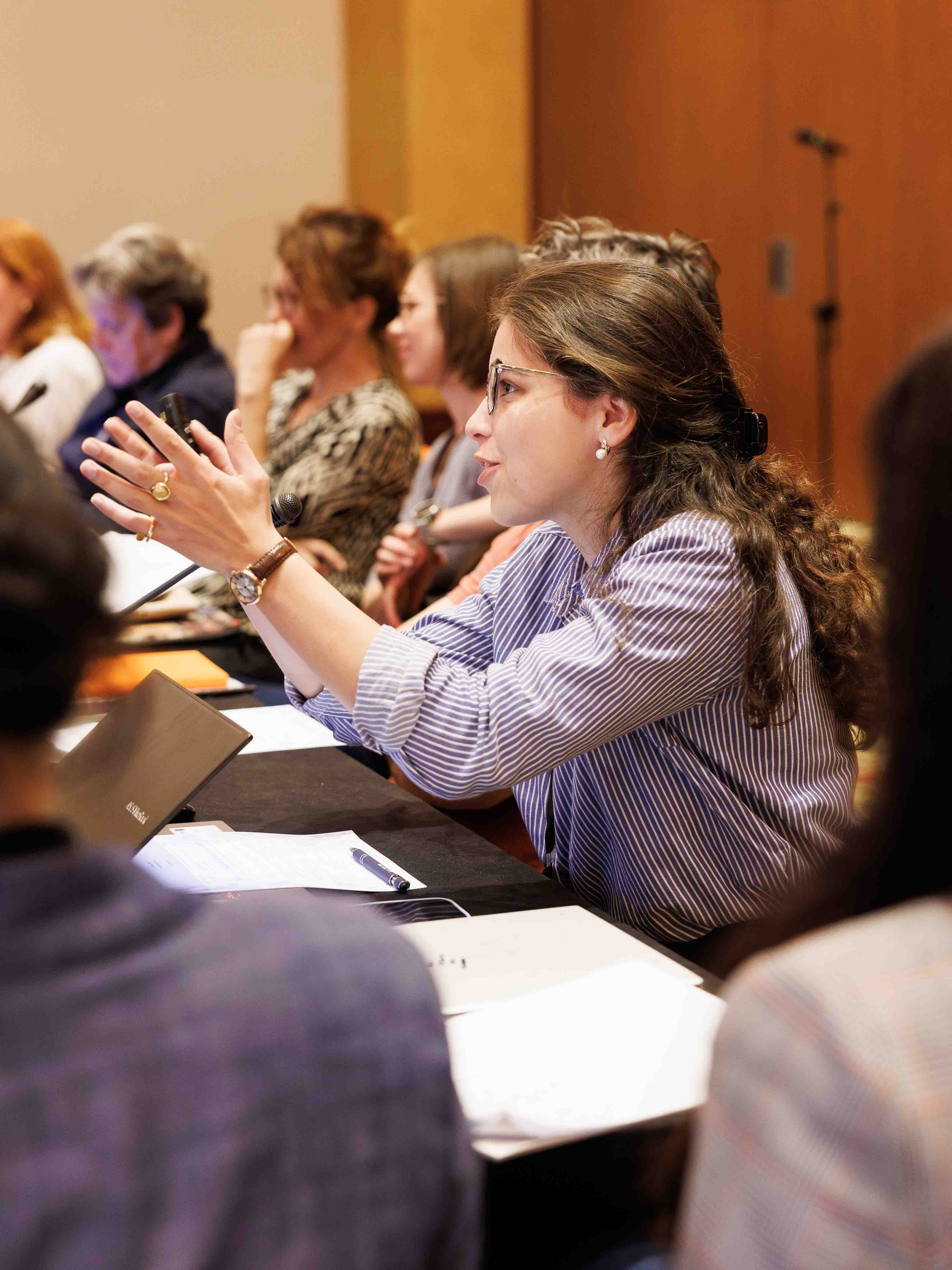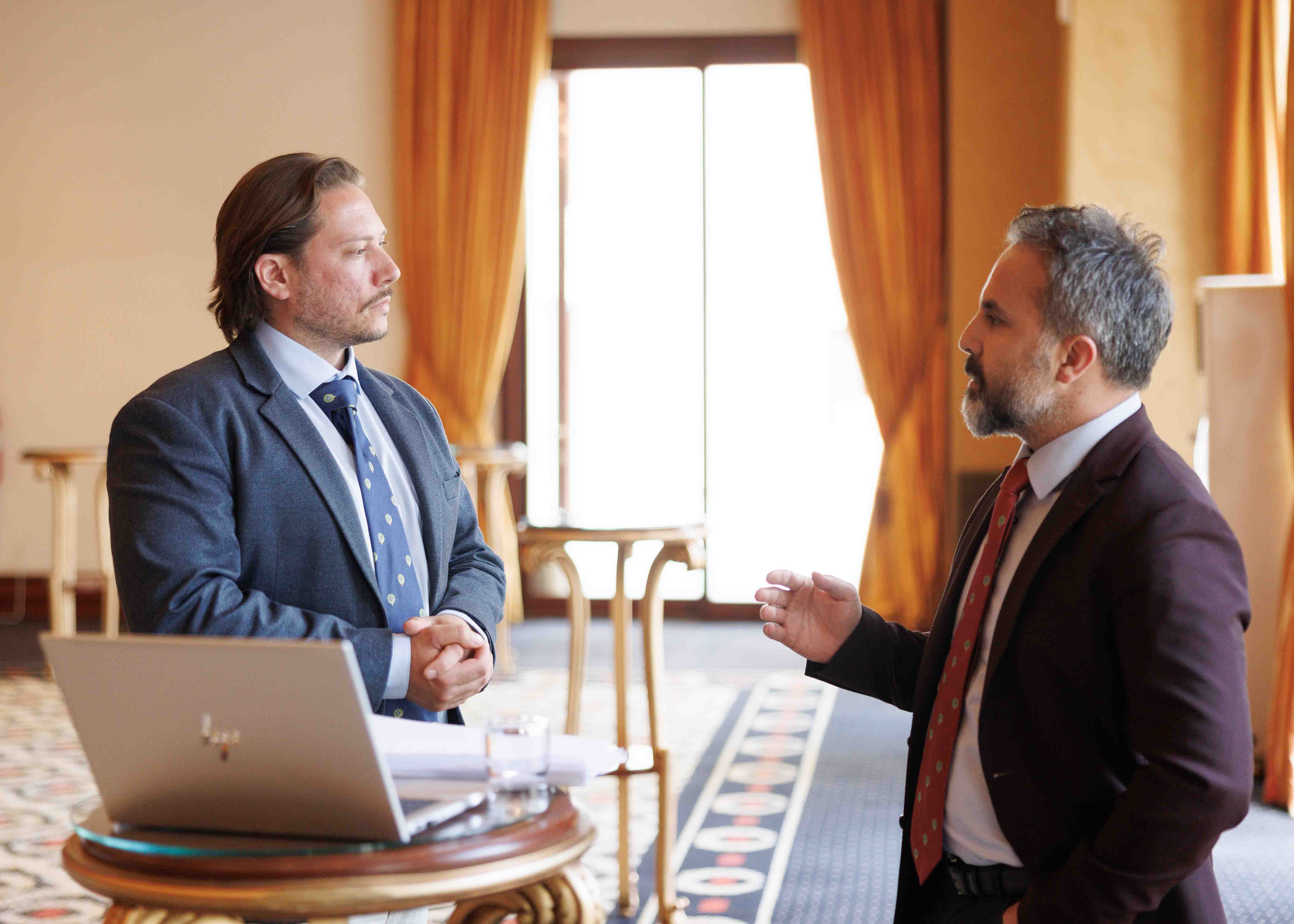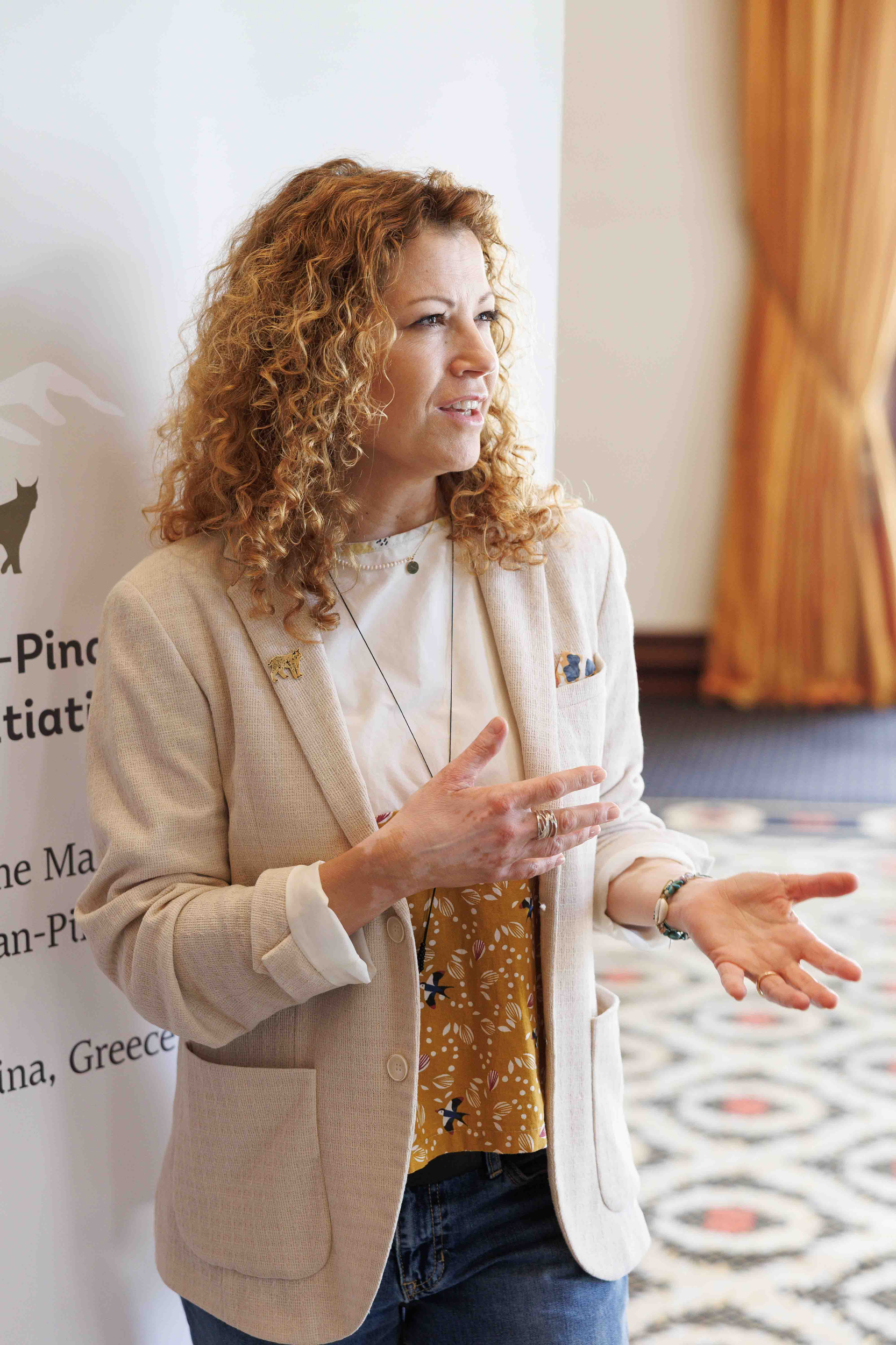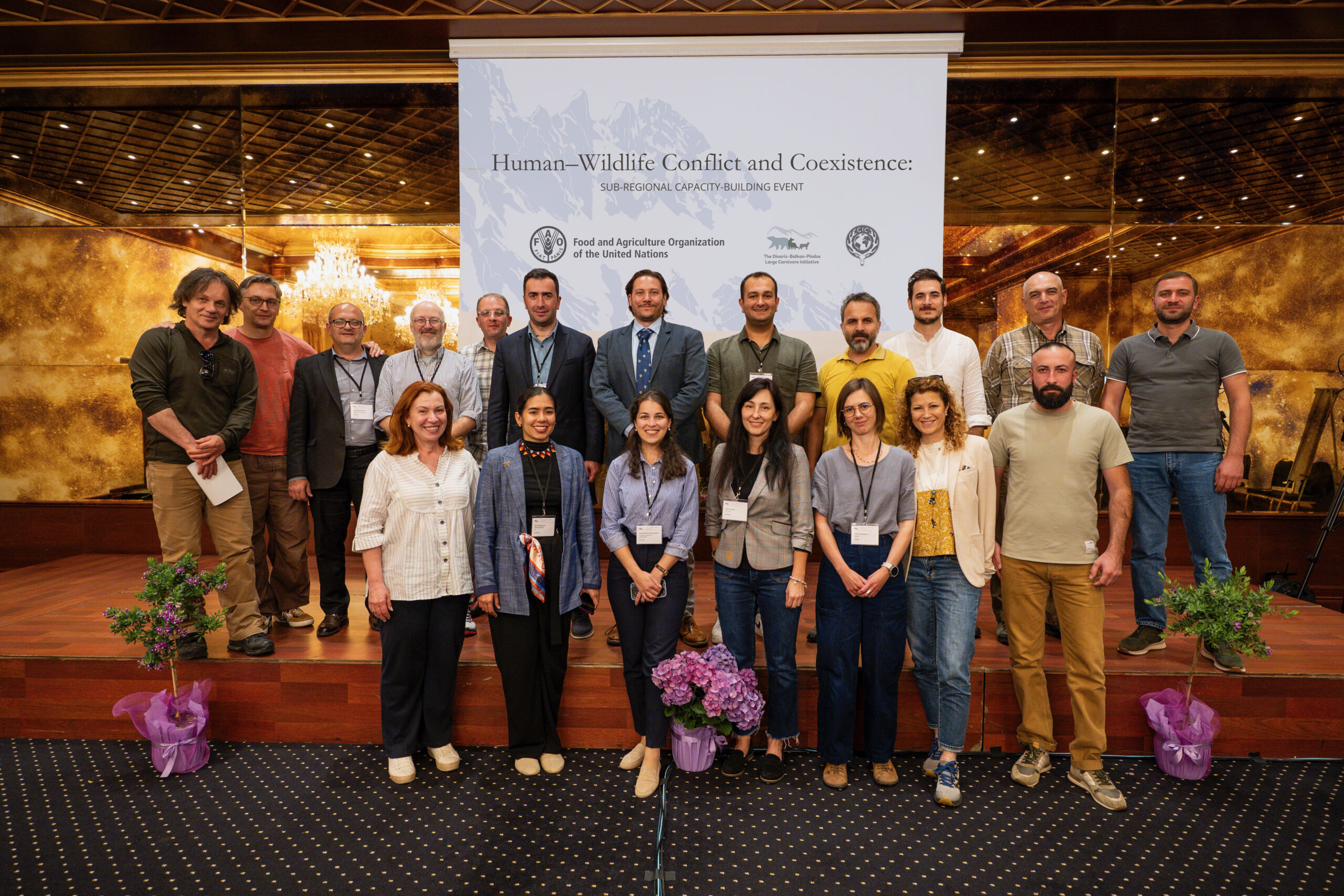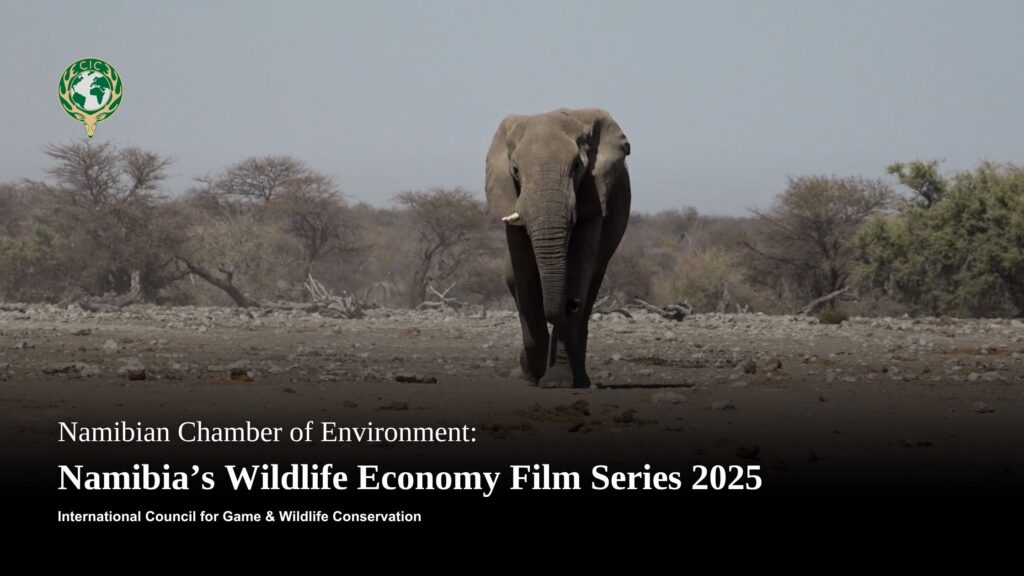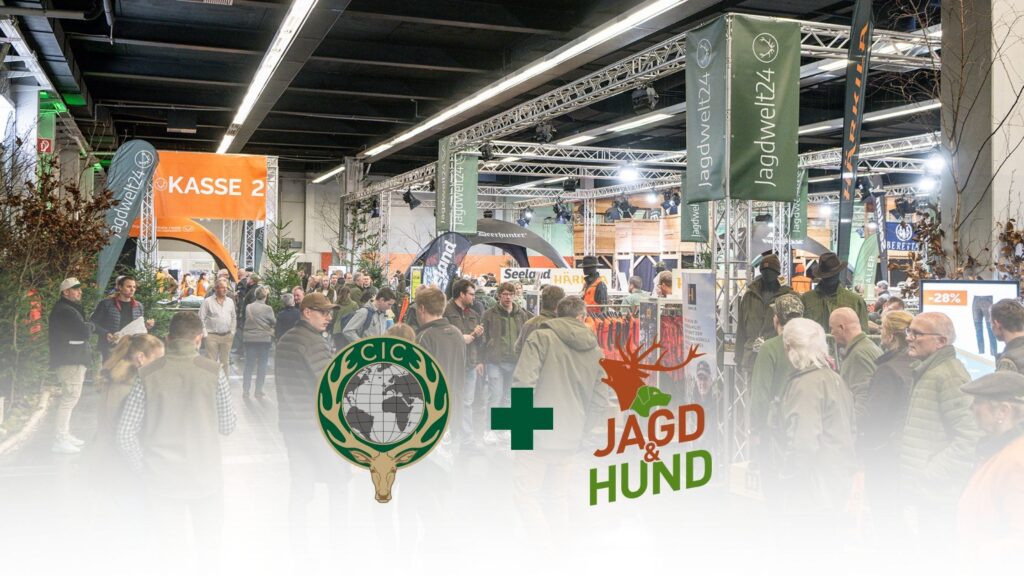22 May 2025 | Ioannina, Greece
As brown bears, wolves, and lynx continue to reclaim their historic ranges, rural communities across Southeastern Europe and the Caucasus-Anatolia region are navigating the realities of living alongside large carnivores. The return of these species, often heralded as conservation successes, brings both opportunities and challenges: increased risk of conflict, evolving policy, and the need for coordinated, multi-level action.
This was the backdrop for a dedicated capacity-building event on human–wildlife conflict (HWC), held on 22 May 2025 in Ioannina, Greece. Organised by the Food and Agriculture Organization of the United Nations (FAO) and the International Council for Game and Wildlife Conservation (CIC), with key partnership from the European Landowners’ Organization (ELO), the event formed part of the broader 6th Dinaric-Balkan-Pindos (DiBaPi) Platform meeting. This meeting brought together representatives from 13 countries. The May 22 session specifically focused on ministry representatives from Georgia, Türkiye, and Armenia, fostering cross-border collaboration and knowledge-sharing between the Western Balkans and the Caucasus-Anatolia region.
Regional Frameworks, Global Relevance
The DiBaPi Platform has become a respected model for transboundary collaboration, linking countries through peer learning and coordinated action. Its success, as Andrea Solić of Carnivora Magna explained, lies not in new legal obligations, but in practical cooperation and the steady cultivation of trust.
“We didn’t invent new obligations—we created tools to help implement what already exists.”
— Andrea Solić, Carnivora Magna
Participants from outside the Platform explored how similar frameworks might be adapted to their contexts, recognising the need for region-specific solutions that build on local institutions and cultural realities.
From Targets to Implementation
The opening sessions highlighted the growing international recognition of human–wildlife conflict. With HWC now formally included in Target 4 of the Kunming-Montreal Global Biodiversity Framework, countries are increasingly expected to reduce conflict and foster coexistence as part of their conservation mandates. FAO’s Luna Milatović presented efforts to help Member Countries align governance structures with practical conservation outcomes.
“This is the first time this growing issue is officially embedded in a major policy framework. That’s something to celebrate.”
— Luna Milatović, FAO HQ
Guidelines and Ground Truth
A central session led by John Linnell of the IUCN SSC Human–Wildlife Conflict & Coexistence Specialist Group introduced the newly published IUCN Guidelines. Rather than prescribing fixed solutions, these guidelines are designed to help governments and practitioners understand the underlying drivers of conflict and navigate difficult decisions through inclusive, locally grounded processes.
“If hunters collect the data, they can’t later say the data is wrong. It’s their data.”
— John Linnell, IUCN SSC HWCC
The gap between technical fixes and public acceptance was a recurring theme, underlining the importance of transparency, social engagement, and long-term thinking.
“As long as we manage to communicate across levels—local, national, regional—we can find better solutions together.”
— Marta Medlinska, Bern Convention
Integrated Approaches: Monitoring, Hunting, and Adaptive Management
Afternoon discussions focused on practical tools: from waste management and livestock protection to regulated removal of conflict-prone individuals. The event stressed that integrated approaches—involving hunters and land users as key partners in monitoring and adaptive management—are essential for success.
“Hunting isn’t a panacea, but when it’s rooted in local systems, it can contribute to an integrated approach—whether by providing funding, supporting participation, or reinforcing local ownership.”
— Thomas Paulic, CIC
Cross-Sector Engagement and Stakeholder Trust
The need for meaningful dialogue and stakeholder trust was a recurring message. Alexandra Kalandarishvili, representing the European Landowners’ Organization (ELO), spoke about efforts to engage rural stakeholders directly, ensuring that farmers, foresters, hunters, and landowners are genuinely involved in decision-making processes. Resources such as the EU Large Carnivore Platform Toolkit were highlighted as valuable for building participatory local structures.
By design, the event provided more than technical solutions. It offered space for peer exchange, critical reflection, and regional bridge-building. As large carnivore populations continue to expand and governance challenges grow, this kind of dialogue will be essential, not just for solving conflicts, but for shaping future cooperation across borders.
Contact:
Thomas Paulic
Programme Officer
t.paulic@cic-wildlife.org | +36 23 453 830
Alexandra Kalandarishvili
Policy Advisor
a.kalandarishvili@cic-wildlife.org | +36 23 453 830
Media Contact
Tristan Breijer MBA FRGS FRSA MCIJ
Director of Communications and Public Affairs
CIC – International Council for Game and Wildlife Conservation
tristan.breijer@cic-wildlife.org | +44 781 408 7423
www.cic-wildlife.org
